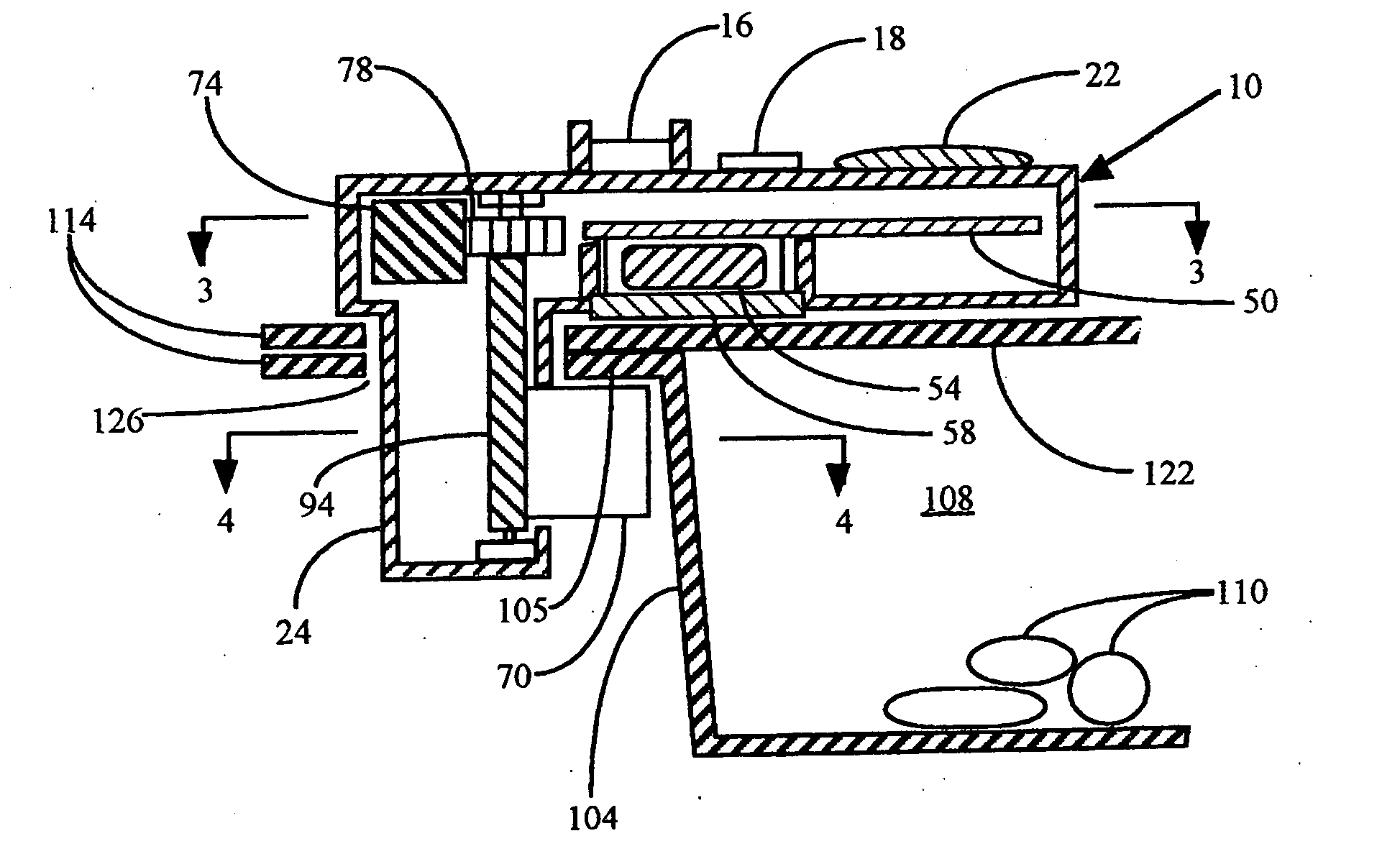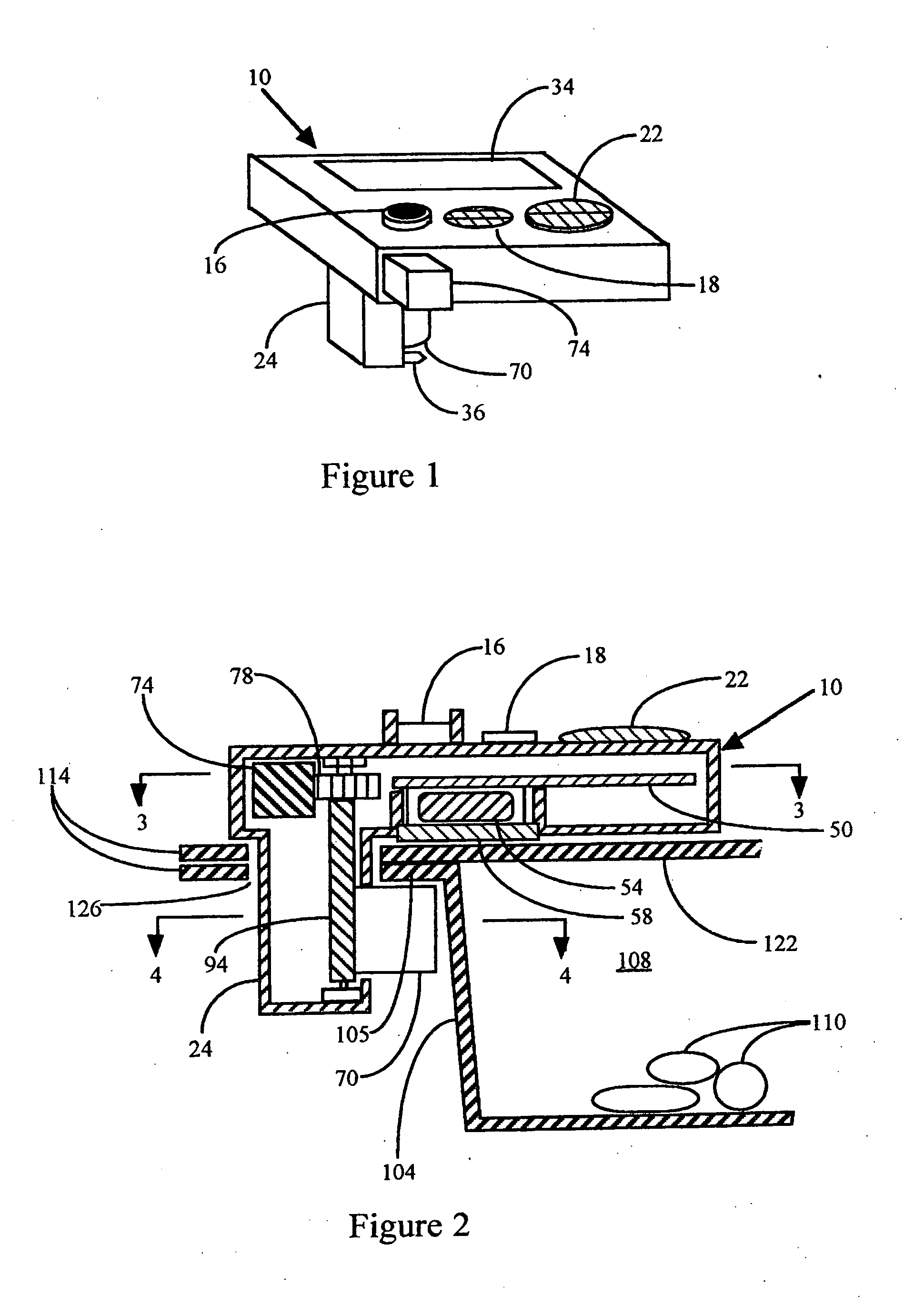Vial printing method and apparatus
a printing method and printing method technology, applied in the field ofvial printing methods and apparatuses, can solve the problems of unsuitable automated laboratory equipment recognition, inability to recognize the label of the healthcare worker, and prone to errors in the technique, so as to reduce medical errors
- Summary
- Abstract
- Description
- Claims
- Application Information
AI Technical Summary
Benefits of technology
Problems solved by technology
Method used
Image
Examples
Embodiment Construction
[0119] A verification apparatus in accordance with the present invention comprises an information device 10 and an identification device 300, 320. The identification device 300, 320 includes identification device identification information 621, 681. The types of identification device identification information 621, 681 that can be included in the identification device 300, 320 are almost limitless. In a preferred embodiment of the invention, identification device identification information 621, 681 may include the name of an individual worker, the worker's position, job description, qualifications, certification, and duties, and what tasks the worker is authorized to perform. The identification device 320 can be as small as a credit card or an ID badge, as shown in FIG. 14. Identification device identification information 621, 681 can be stored in memory in the identification device or on the identification device 300, 320 via either a bar code, a magnetic strip, or other similar me...
PUM
 Login to View More
Login to View More Abstract
Description
Claims
Application Information
 Login to View More
Login to View More - R&D
- Intellectual Property
- Life Sciences
- Materials
- Tech Scout
- Unparalleled Data Quality
- Higher Quality Content
- 60% Fewer Hallucinations
Browse by: Latest US Patents, China's latest patents, Technical Efficacy Thesaurus, Application Domain, Technology Topic, Popular Technical Reports.
© 2025 PatSnap. All rights reserved.Legal|Privacy policy|Modern Slavery Act Transparency Statement|Sitemap|About US| Contact US: help@patsnap.com



